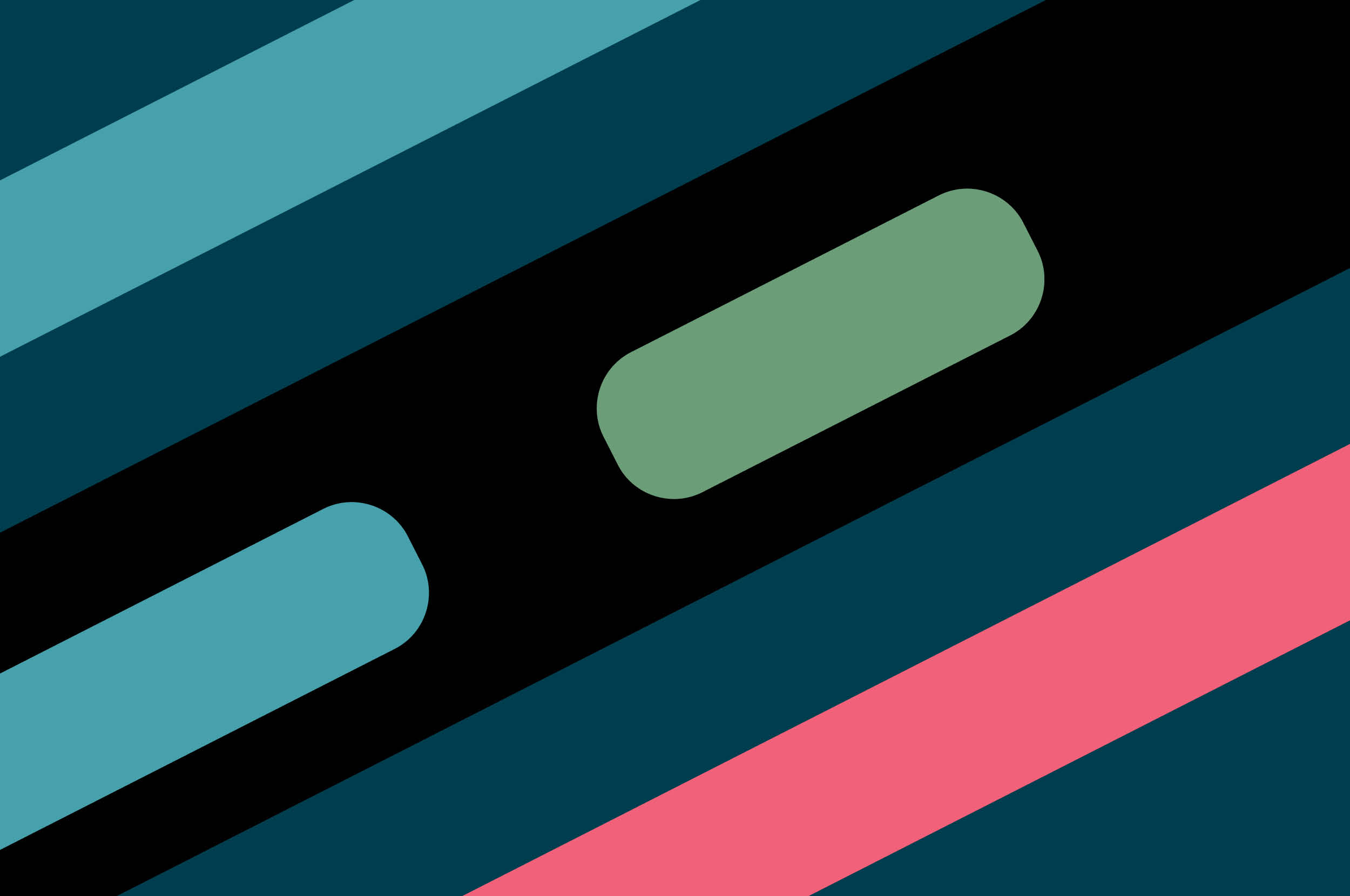Looking at the uses of extended reality (XR) technology today, you may have noticed there are more successes in the enterprise domain compared to the consumer domain.
The examples of XR being used in an organizational setting are varied. Recently, for instance, Microsoft used its Hololens 2 to simulate training for soldiers in the US Army. Thanks to augmented reality (AR), the army is able to create consistent and repeatable experiences, which can help soldiers develop confidence and knowledge in the field. In a not completely dissimilar example, Walmart also hopped on the bandwagon to use Oculus Go VR headsets to train its store employees. Black Friday swarms have even been recreated with VR technology, allowing employees to anticipate and learn in a safe environment. This training has scaled to over 1.4 million employees, with training time decreasing from 45-min to 5-min modules. It is no surprise that these efficiencies and quantifiable benefits have garnered significant interest and investment.
However, such benefits have not been easy to translate to the consumer domain. Consumer brands might think that experimenting with moonshot projects and emerging technology like XR can give them an edge and win brand clout, but they would be wise to remember the ridicule Google received for Google Glass. Despite hefty investment and celebrity support, the public was unconvinced about its benefits and all too aware of the risks and challenges it could pose.
The lesson of Google Glass is clear: without a clearly defined user benefit, XR projects will always falter.
Evolving an Extended Customer Experience
I wanted to dig deeper into the XR’s challenges in the consumer domain. To do this, I looked closely at various successes and failures of XR applications, which, in turn, led me to identify 3 key dimensions that contribute to XR success.
These are:
Having a clearly defined user goal to satisfy
Determining the level of user agency to craft the experience, and
Assessing the level of user psychological safety for the user to confidently interact and immerse themselves fully.
Across these three dimensions, the customer experience should be dynamic and co-created, as both brand and customer assess and balance their roles in driving the experience.
For brands, they need to determine the objective of the customer experience, and decide on the user goal. What that could be can vary, but it will typically range from functional to emotional. Alongside that, they also need to reckon with how a given experience should unfold: this can be understood as the level of user agency inside the XR experience.
Because XR is relatively new, implementing checks and balances is important. An XR product needs to ensure the user’s psychological safety; doing so will mean users are comfortable with the extent of an experience’s immersiveness.
As a guide, you might want to refer to the 3D GAPS experience map. It provides a holistic view of customer experiences across all the domains where XR might be relevant and valuable to your customers or users.




As you can see, the framework highlights a number of very different scenarios where XR is useful. This leads us to a useful model that can suggest ways of realizing XR experiences for customers in an appropriate way.
‘Teach me’ experiences
‘Teach me’ by building familiarity and consistency in my skills, giving me almost robot-like proficiency
Often observed in Defense / Manufacturing / Logistics / Automotive / Healthcare
This is similar to the applications from Microsoft and Walmart mentioned earlier, or the Lenovo ThinkReality glasses which can provide 3D visualizations of an environment. These sorts of products/experiences can enhance remote collaboration and expedite off-site support. It should also minimize human error and unlock higher productivity. Over time, this sort of XR experience can build familiarity and consistency in a user’s skills, reducing human error significantly.
’Embrace me’ or 'Relieve me' experiences
’Embrace me’ by helping me understand and embrace how I fully feel, or
’Relieve me’ by helping me to manage my emotions safely.
Often observed in Counselling / Therapy
In these types of XR experiences, patients with PTSD, ADHD or depression can leverage immersive technology to treat past trauma through therapeutic sessions. This can be done in a number of ways: users can, for instance, choose to take on a first person narrative to immerse themselves wholly in the XR experience, or, alternatively, they can choose to distance and protect themselves, adopting a third person perspective to provide distance if an environment is emotionally gruelling. Agency is critical here: by being able to choose their extent of involvement, they can progress through various simulations at their own pace. The XR experience should be designed to provide these flexible entry and exit points for better success.
’Expose me’ or involve me experiences
’Expose me’ by enriching what I currently know and believe, giving me more understanding, or
’Involve me’ through directed storytelling, drawing more empathy and compel me to take action
Often observed in Tourism / Film / Journalism / Education
While it may be tempting to bestow full agency to the user, brands in the fields of film, journalism and education should continue to steward this experience. Brands are better poised to curate content in these fields of expertise, and can build focused empathy and compelling action. Consider the contrast between Google Earth VR and Youtube Immerse by The Hydrous; rather than let a user roam aimlessly and potentially lose the brand message, brands should direct the story, complementing it with storytelling cues (e.g. interstitials, visual light and shadow) and options to elicit interest and guide the user’s understanding. More choice, after all, is not always better: it depends on context.
’Show me’ or 'Fascinate me' experiences
’Show me’ by bringing me easy access, giving me a taster of the experience (not meant to replace real life), or
‘Fascinate me’ through more choices and interaction, let me try and experiment
Often observed in Retail / Tourism / Real Estate / Telemedicine / Automotive
With the recent pandemic, many users have been exposed to XR experiences; this has whetted a consumer appetite. In real estate, the IKEA Place AR app or EnvisionVR allows 360° interactive visits and allows furniture to be virtually staged from the comfort of one’s home, while the Sephora Visual Artist app allows users to navigate a whole host of brand offerings, including those that they weren’t previously aware of. Rather than simply providing a taster of the experience, XR can create fascinating possibilities to arouse user interest and accelerate learning. This can encourage a desire for more choices and new interactions.
’Enliven me’ experiences
‘Enliven me’ by connecting me deeply with others and the environment, completing my experience
Often observed in Social Entertainment (Sports / Music / Gaming)
In the most explorative and experimental quadrant in the framework, we see social entertainment pushing boundaries to provide users with ever more immersion, agency, and fun. Users embrace this full sensory experience and seek to transcend the physical digital divide; they are able to connect deeply with others in this space. The overwhelming traction for XR experiences saw Meta’s Oculus Quest topping the app store last Christmas with various VR gaming experiences and even new AR experiences made possible with its new Presence Platform. We are on the verge of breaking into a mixed reality metaverse, creating experiences that could enliven us like never before.
As we continue to experiment in XR, we may find we are entering the slope of enlightenment in the Gartner hype cycle; alternatively, we could also realize we’re simply at the peak of inflated expectations.
Emerging technology solutions need to help people address their direct needs — and desires — in a way that is straightforward. Consumers don’t want adopting new technologies to be strenuous and hard work. The 3D GAPS experience map highlights existing domains and problems that can be solved with XR, and maybe even solved better. As an Experience Design Researcher, I’m hopeful that through a deeper understanding of how people and this emerging technology interact with one another, we can ensure we are identifying the right problems and solving them in the right way.
The future of XR brings a host of imaginative possibilities; perhaps the question we should be asking ourselves is are we ready for it?
Disclaimer: The statements and opinions expressed in this article are those of the author(s) and do not necessarily reflect the positions of Thoughtworks.


















